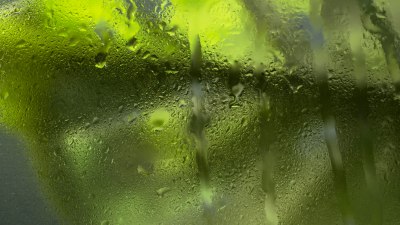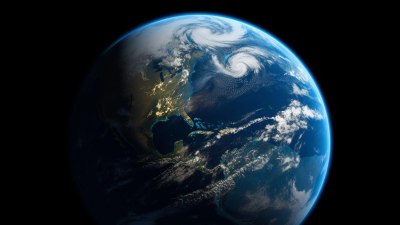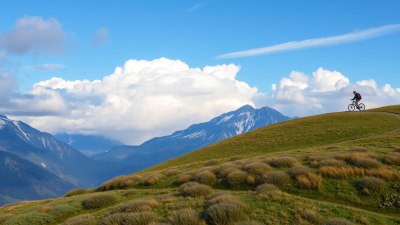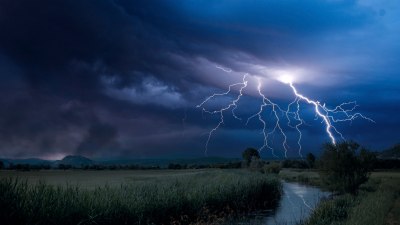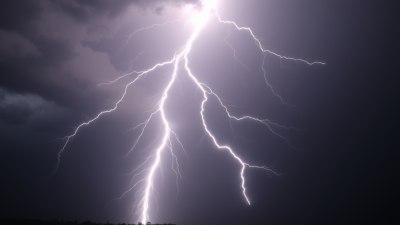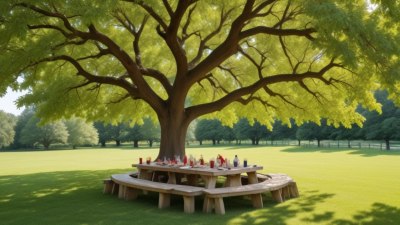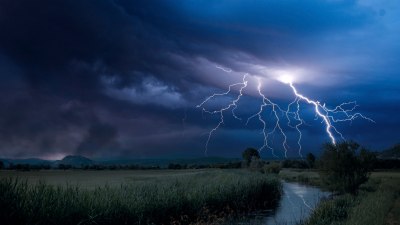The Mystery of Why Some Places in North America Get More Tornadoes Than Others
Explore the factors contributing to tornado hotspots in North America.
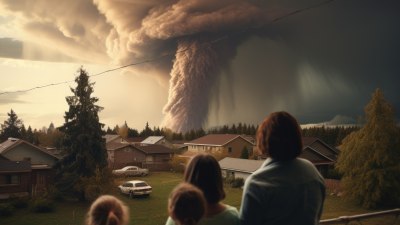
Tornadoes are among nature's most violent phenomena, characterized by swift winds and destructive power. In North America, some regions, particularly the Great Plains, experience a higher frequency of tornadoes than others. This article examines the reasons behind this discrepancy, diving into meteorological patterns, geographical features, and climatic factors.
Understanding Tornado Formation
Tornadoes form from severe thunderstorms, particularly supercells, which are rotating storm systems conducive to creating these whirlwinds. The conditions necessary for tornado formation include strong wind shear, which is the change in wind speed and direction at different altitudes, along with ample moisture and instability in the atmosphere. When a supercell thunderstorm develops under these conditions, the resulting updraft can create a rotating column of air that may drop down to form a tornado.
The Role of Geography
The geographical features of North America significantly influence tornado frequency. The Great Plains, stretching from Texas to South Dakota, is recognized as 'Tornado Alley.' This flat, open terrain provides an unobstructed path for warm, moist air from the Gulf of Mexico to collide with the cooler, dry air from the Rocky Mountains and Canada, creating optimal conditions for severe thunderstorms and tornadoes. Conversely, areas with more varied topography do not see the same frequency of tornadoes, as mountains and hills can disrupt wind patterns.
The Influence of Meteorological Patterns
Meteorological patterns, such as the presence of jet streams, also play a crucial role in tornado occurrences. The jet stream, a high-altitude band of strong winds, can impact weather systems below. When the jet stream dips southward, it can help create conditions for storm development in areas like Tornado Alley. Additionally, the change of seasons, particularly spring and early summer, brings about the perfect conditions for tornado formation due to the clash of air masses.
Climatic Influences
The broader climate of an area impacts tornado frequency. The central United States experiences a humid continental climate characterized by significant temperature fluctuations. During spring, warm, moist air from the south confronts cold dry air from the north, leading to instability in the atmosphere and the potential for severe weather events, including tornadoes. In contrast, regions with a maritime climate or those located too far north or south of the Tornado Alley experience fewer tornadoes due to consistent weather patterns that lack the necessary instability.
Seasonal Variability
Tornadoes are most prevalent in the spring and early summer, specifically from April to June. During these months, the conditions for tornado formation—such as temperature differences between air masses and increased humidity—are at their peak. The seasonal variability in tornado occurrences correlates with the movement of weather systems each year, which can lead to periods of increased tornado numbers in certain states.
Case Studies of Tornado-Prone Areas
Several states experience a higher frequency of tornadoes due to a combination of the factors mentioned. Texas is known for having the most tornadoes of any state, followed closely by Oklahoma and Kansas. These states lie in the heart of Tornado Alley and experience the conditions necessary for tornado formation more frequently than more northern or southern states. For instance, in Texas, the geography allows for the moist air from the Gulf of Mexico to merge with dry air from the desert Southwest, creating a conducive environment for severe storms.
Urbanization and Tornadoes
Urbanization also plays a role in how tornadoes impact regions. As cities expand, the risk of tornado damage increases due to higher population densities and more infrastructure. However, the urban heat island effect created by cities can also alter local weather patterns, sometimes making conditions less favorable for tornadoes. Nevertheless, when tornadoes do strike urban areas, the devastation can be significantly greater because of the concentration of buildings and people.
Education and Preparedness
Areas that experience more tornadoes often have comprehensive educational programs and preparedness measures in place. Communities in Tornado Alley have implemented programs to educate residents about tornado safety, warning systems, and emergency preparedness. This education is crucial, as it can save lives when storms occur. Understanding the signs of impending tornadoes and knowing where to seek shelter can significantly reduce casualties during tornado outbreaks.
Technological Advances in Tornado Prediction
Advancements in technology have contributed to better tornado prediction and warning systems. Meteorologists used to rely heavily on visual cues and traditional radar, but newer Doppler radar technology allows for the detection of rotation in thunderstorms, which can indicate imminent tornadoes. This technology has improved warning times, enabling individuals in high-risk areas to take cover before tornadoes strike.
The mystery of why some places in North America experience more tornadoes than others is rooted in a complex interplay of geographical, meteorological, and climatic factors. Regions like the Great Plains have the unique characteristics that create conditions favorable for tornado formation, resulting in their status as tornado hotspots. As our understanding of tornadoes continues to evolve, so does our capability to predict and prepare for these tumultuous storms, hopefully reducing loss of life and property damage in the future.
